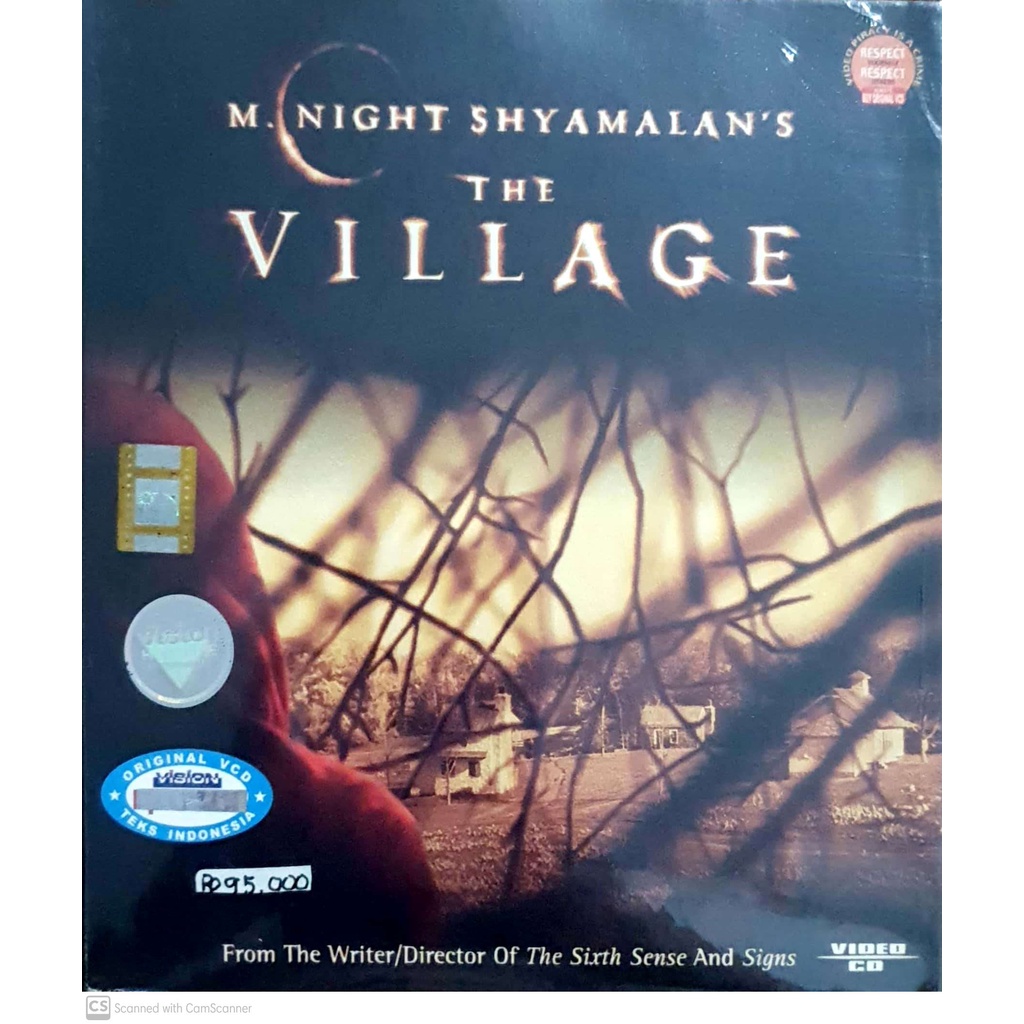M. Night Shyamalan's "The Village": An Agatha Christie-Inspired Thriller

Table of Contents
The Village's Christie-esque Mystery
At the heart of The Village lies a mystery shrouded in secrecy and fear. The isolated community, cut off from the outside world by a pervasive fear of creatures lurking in the woods, mirrors the enclosed settings often found in Christie's novels. Like many Christie plots, The Village's central enigma is not immediately apparent. Instead, Shyamalan employs a classic Christie technique: a slow drip-feed of information, peppered with red herrings and misleading clues. The audience, much like the villagers themselves, are kept in the dark, gradually piecing together the truth through fragmented narratives and ambiguous conversations. This gradual unveiling of the truth, the slow burn suspense, keeps the audience engaged and constantly questioning their assumptions.
- The impact of unreliable narrators: The film masterfully manipulates perspective, utilizing unreliable narrators to cloud the truth and heighten the suspense, a technique frequently employed by Christie.
- Parallels between the village's secrets and Christie's locked-room mysteries: The village's isolation and the hidden truth about its origins echo the confined settings and secrets found in many of Christie's locked-room mysteries.
- Comparison of the investigative process: The gradual uncovering of the truth in The Village, driven by suspicion and careful observation, parallels the investigative processes found in many Christie novels, where the detective meticulously gathers clues to unravel the mystery.
Character Development: A Cast of Suspects
The inhabitants of The Village are far from simple archetypes; they are complex individuals, each harboring secrets and motivations that subtly shift throughout the film. This mirrors Christie's approach to character development, where characters are rarely purely good or evil, but rather flawed individuals with hidden depths and agendas. Their relationships are intricate, adding another layer of complexity to the mystery, with subtle interactions often hinting at hidden truths and unspoken tensions.
- Comparison of specific characters: Lucius Hunt, the seemingly innocent villager, can be compared to the seemingly trustworthy but ultimately deceptive characters often found in Christie’s work.
- The use of subtle character interactions: Shyamalan cleverly utilizes subtle glances, hushed conversations, and unspoken anxieties to hint at the deeper truths lying beneath the surface of the seemingly peaceful village life.
- The exploration of deception and self-deception: The villagers’ collective belief in the creatures, a self-imposed delusion, reflects the self-deception and manipulation often seen in Christie’s characters and plots.
Narrative Structure: A Masterclass in Misdirection
The Village's narrative structure is a key element in its effectiveness as a psychological thriller. Shyamalan expertly employs flashbacks and unreliable narration, similar to Christie's techniques, keeping the audience guessing until the very end. The pacing of the film mirrors the slow build-up of suspense common in Christie's works, carefully layering clues and red herrings to create a deeply engaging mystery. The twist ending, a staple of Shyamalan’s filmography, is reminiscent of the surprising plot reveals found in many Agatha Christie novels.
- The film’s pacing mirrors the slow build-up of suspense: The film unfolds gradually, similar to the meticulously paced mysteries of Agatha Christie, with suspense building slowly but surely.
- The significance of the twist ending: The film’s shocking reveal mirrors the unexpected turns and surprising solutions frequently present in Christie's narratives.
- The use of foreshadowing and symbolism: Shyamalan uses visual cues and symbolic imagery to foreshadow the true nature of the village’s secrets, adding another layer to the mystery, similar to Christie’s use of foreshadowing.
Conclusion: Delving Deeper into Shyamalan's Christie-Inspired Thriller
In conclusion, M. Night Shyamalan's The Village is not just a psychological thriller; it’s a testament to the enduring power of Agatha Christie's storytelling techniques. From the slow-burn mystery to the complex characters and masterfully crafted narrative structure, the film demonstrates a clear and deliberate homage to the Queen of Crime. The film's success lies in its ability to emulate Christie's style while forging its own unique identity, creating a compelling and thought-provoking cinematic experience. Have you spotted other Agatha Christie influences in M. Night Shyamalan's The Village? Share your thoughts in the comments below! You might also enjoy reading our articles on other psychological thrillers or exploring the works of Agatha Christie further.

Featured Posts
-
 Vc
May 20, 2025
Vc
May 20, 2025 -
 Madrid Open Sabalenka Defeats Mertens Secures Spot In Last 16
May 20, 2025
Madrid Open Sabalenka Defeats Mertens Secures Spot In Last 16
May 20, 2025 -
 Selling On E Bay Vinted Or Depop Understand Hmrcs Nudge Letters
May 20, 2025
Selling On E Bay Vinted Or Depop Understand Hmrcs Nudge Letters
May 20, 2025 -
 D Wave Quantum Inc Qbts Explaining The Stocks Thursday Decrease
May 20, 2025
D Wave Quantum Inc Qbts Explaining The Stocks Thursday Decrease
May 20, 2025 -
 Reviving American Factories Assessing The Challenges And Opportunities
May 20, 2025
Reviving American Factories Assessing The Challenges And Opportunities
May 20, 2025
